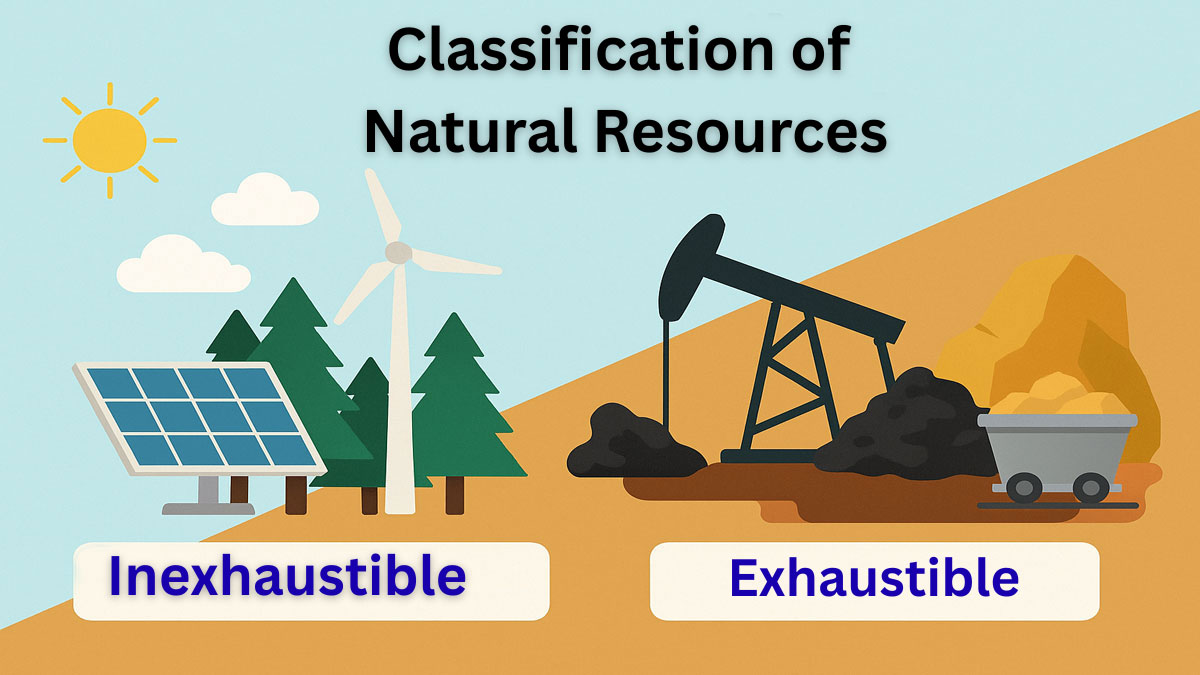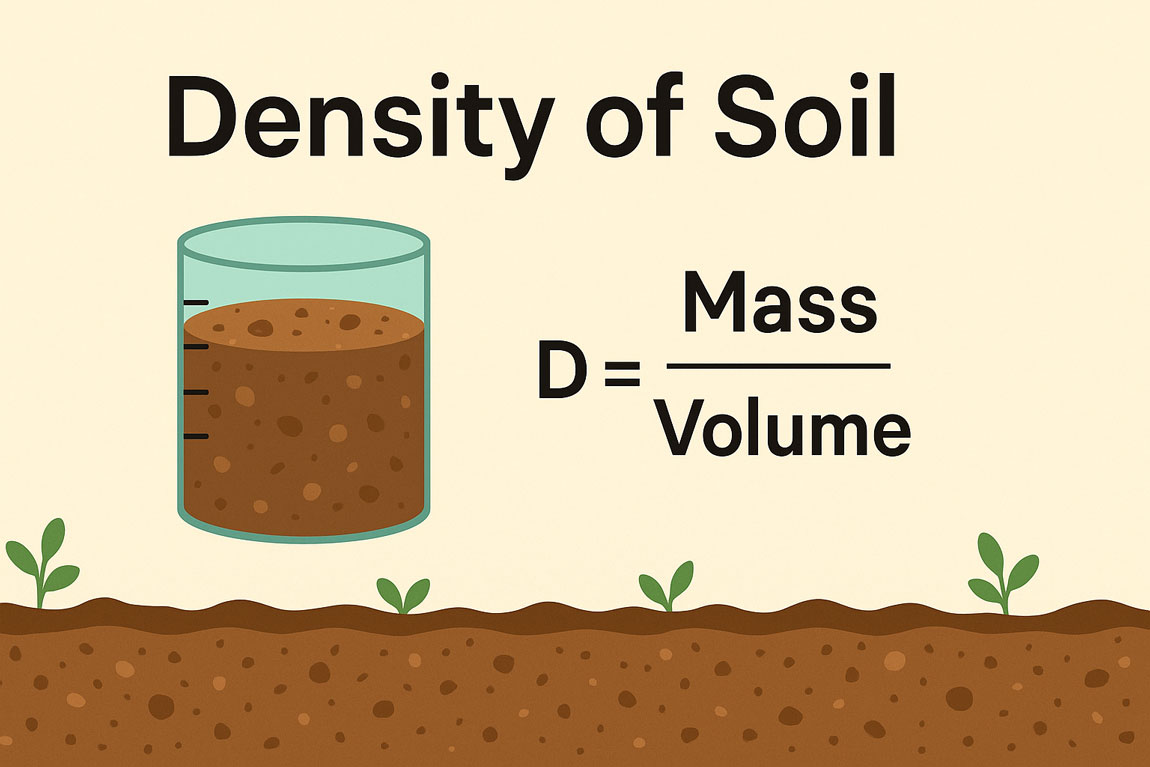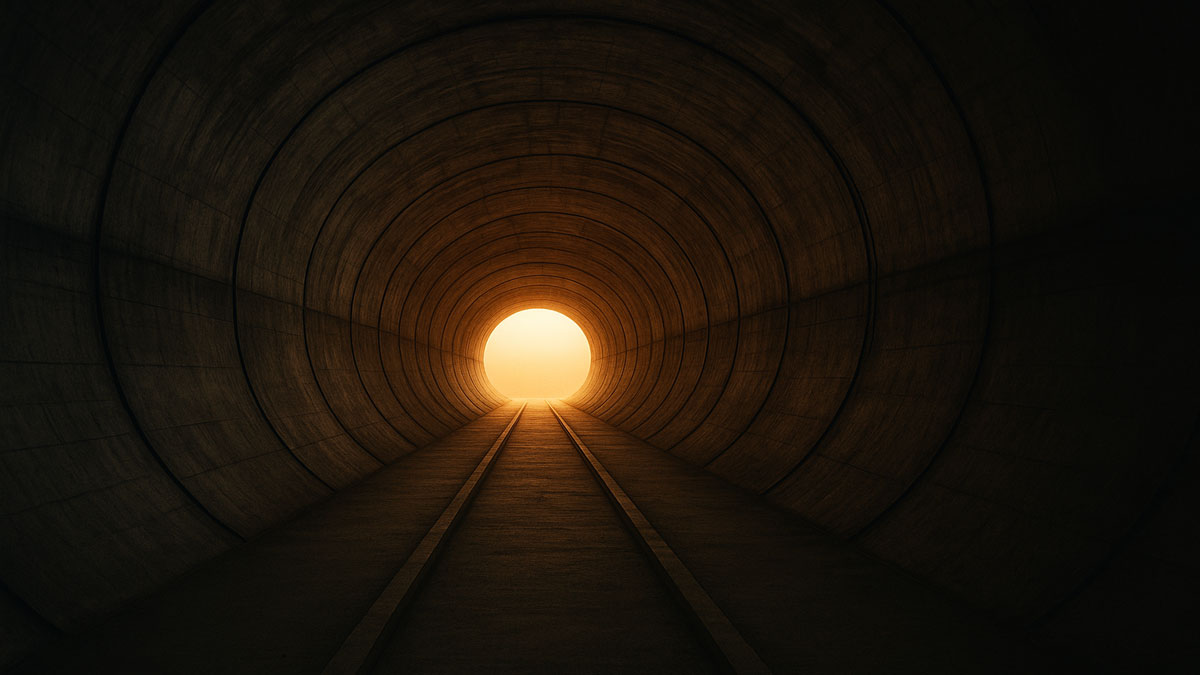Types of Bridges:
There are five major types of bridges, namely
- Girder or Beam Bridge,
- Cantilever Bridge,
- Arch Bridge,
- Suspension Bridge, and
- Cable-Stayed Bridge.
The magnitude of the load of the bridge and the forces acting on the support system considered in the design depend on the type of bridge, as explained in the following subsections.
Girder or Beam Bridge:
The simplest type of bridge has two supports to hold a beam or girder. This is known as a single-span girder bridge or a beam bridge, as shown in Fig. 18.1. A beam bridge is made of wooden planks or materials such as steel or reinforced concrete.

Fig.18.1: A single-span steel beam bridge constructed over a high-altitude stream
The two abutments that support the bridge are concrete or masonry structures. In a single-span girder bridge, the two abutments take the load acting vertically and transmit it to the foundation (Fig. 18.2).
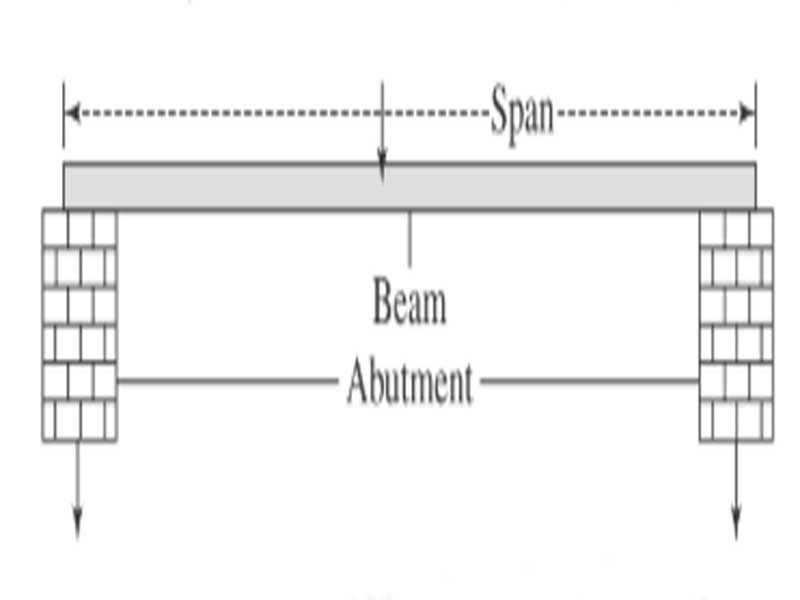
Fig. 18.2: A single-span girder or beam bridge with abutment piers
In the multi-span girder bridge, in addition to the abutments, the load is distributed. The simplest type of bridge has two supports to hold a beam or girder. This is known as a single-span girder bridge or a beam bridge, as shown in Fig. 18.1.
A beam bridge is made of wooden planks or materials such as steel or reinforced concrete. The two abutments that support the bridge are concrete or masonry structures. In a single-span girder bridge, the two abutments take the load acting vertically and transmit it to the foundation (Fig. 18.2).
In the multi-span girder bridge, in addition to the abutments, the load is distributed to the piers vertically (Fig. 18.3). A multi-span bridge over a large river requires construction of several piers in the river bed below the water level (Fig. 18.4).

Fig. 18.3 A multi-span girder bridge with abutment and river bed piers
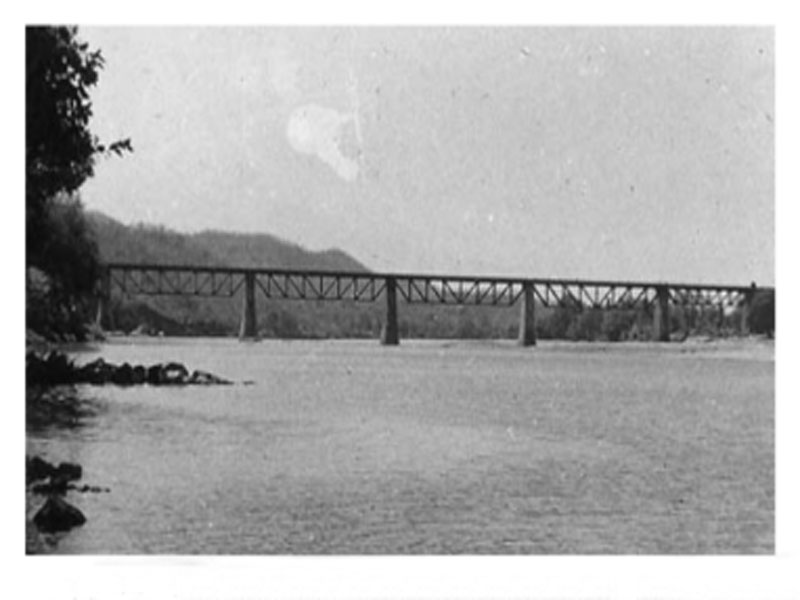
Fig. 18.4 A multi-span bridge over a large river with piers founded in river bed
Arch Bridge:
In an arch bridge, the two ends of the bridge are carried outwards curving to meet the ground on the two sides of the valley on which the bridge is built (Fig. 18.5). In this type of bridge, the weight is carried outwards along two paths curving towards the ground.
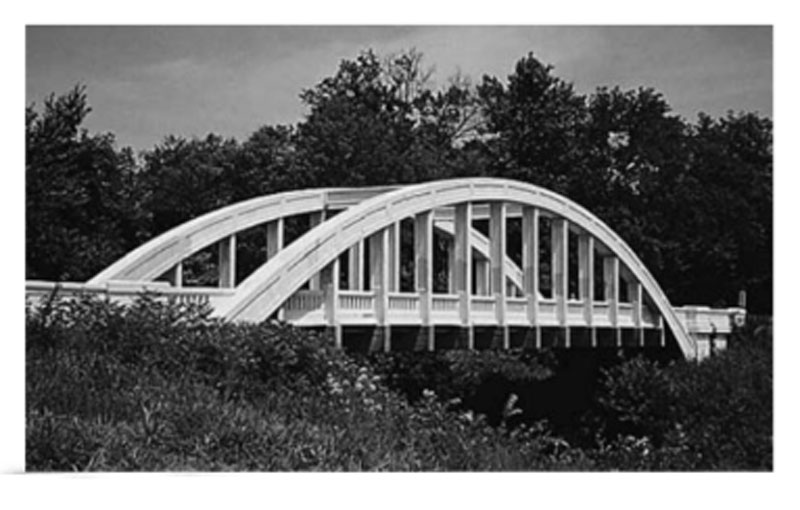
Fig. 18.5 An arch bridge
As a result, the ground around the abutments is squeezed and pushes back on the abutment. Thus, in addition to vertical force, an arch bridge works by transferring its load partially into the horizontal thrust restrained by the abutments at either side, as shown in Fig. 18.6(a).
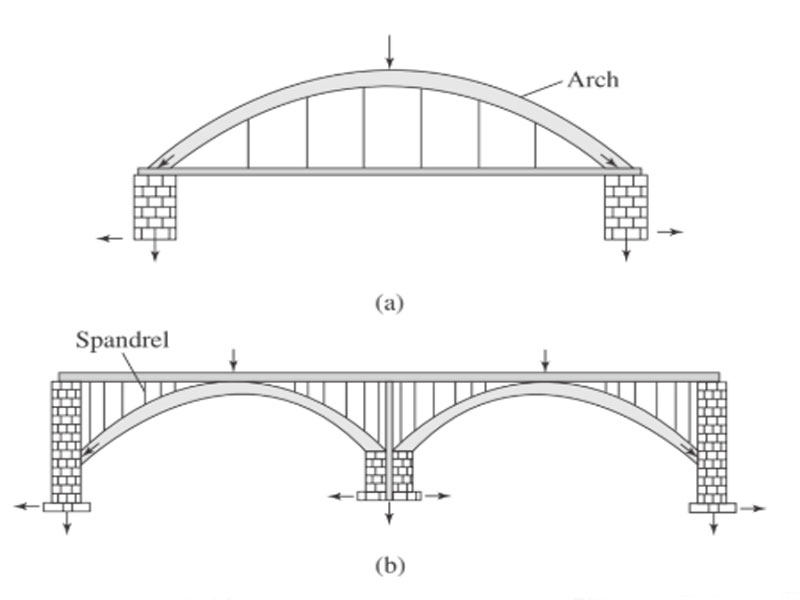
Fig. 18.6 Arch bridges: (a) solid-ribbed single-arch bridge; and (b) spandrel deck Double-arch bridge
Fig. 18.6(b) shows a double-arch bridge with spandrel deck above the arch. The area between the deck and the arch is known as spandrel. Fig. 18.7 shows a spandrel deck arch bridge with piers founded in river bed below water.

Fig. 18.7 Spandrel deck arch bridge with piers founded in the river bed below water
Cantilever Bridge:
In the cantilever bridge, the end girders or beams have extended arms to hold a relatively small beam. As in Fig. 18.8, the two beams of the bridge, firmly anchored with the piers, support another beam that is the middle deck of the traffic way. In a cantilever bridge, the total weight is transferred vertically to the two piers, and nearly no load is imposed on the abutments.

Fig. 18.8 Cantilever bridge showing piers bearing the load of the superstructure
Suspension Bridge:
The deck or traffic way of a suspension bridge is hung by cables that hang from towers. The cable transfers the weight to the towers, and the towers transfer the weight to the ground. In a suspension bridge, the stress is transferred vertically to the foundation, but the bridge is anchored with the bedrock or a large concrete block on two sides to provide stability (Fig. 18.9).

Fig. 18.9 Suspension bridge
Cable-Stayed Bridge:
A cable-stayed bridge is in some respects similar to a suspension bridge, both having a suspended deck structure and towers called pylons. In a cable-stayed bridge, the cables from the towers go directly to the road deck instead of spanning from tower to tower (Fig. 18.10).
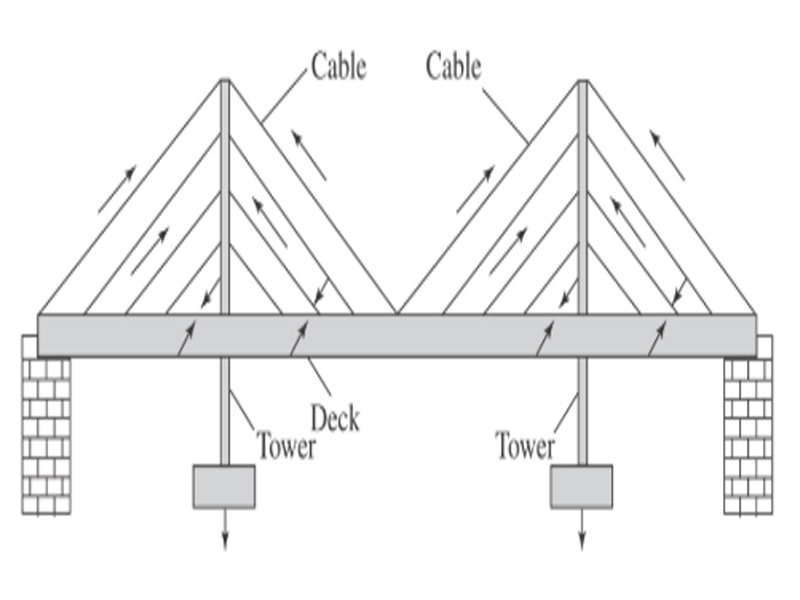
Fig. 18.10 Cable-stayed bridge
The towers form the prime load-bearing structure and do not require firm anchorage to withstand the horizontal pull of the cables, as in the suspension bridge, in which the deck merely hangs from the suspenders.
In the cable-stayed bridge, the deck is in compression, under pull towards the towers, and has to be stiff at all stages of construction and use. A cable-stayed bridge is essentially similar to a cantilever bridge, but it has a shorter span and requires fewer cables.




